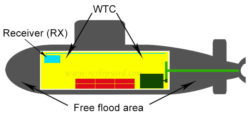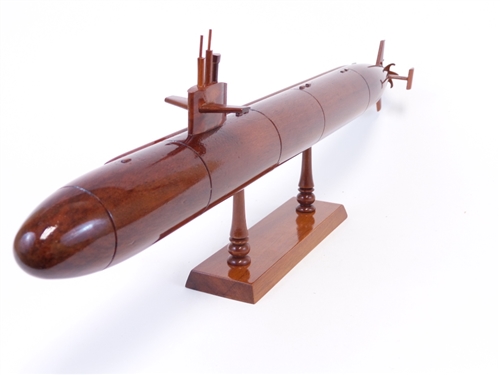
In one study, pilots reported that the controllers speech rate was the biggest problem they experienced in communication.20, Sometimes multilingual speakers switch between English and their mother tongue or unilingual speakers may switch between different English dialects (e.g., aviation English and normal English). And crewmembers accidentally steered the Boeing 747 into runway 05R, which was closed for repairs.

Just before the plane an Airbus A300 was due to land, air traffic control ordered the pilot to turn right instead of left. the Eighth International OSU Aviation Psychology Symposium, 740-744. Witnesses at the crash site reported utter carnage, with blood and pieces of peoples bodies strewn across the entire area. Even so, Gustafsson lost control of the plane, and it smashed into a luggage hangar at the end of the runway. There is a gap between the mountains to enter and exit. The resulting collision destroyed the left wing and stabilizer of Saudi Arabian aircraft, sending it spiraling towards Earth, disintegrating as it fell. We found that instructor critiques during ongoing maneuvers were the most In the technological world of modern air travel, theres a certain irony in the fact that the majority of aviation disasters are caused by human error. The accident, involving a Pan Am jumbo and a KLM plane, claimed the lives of 583 people making it the deadliest accident in aviation history. Consistent with the numbers a delayed or inappropriate verbal or control response (39 percent of citations). (18 percent) cited communications with UNICOM or Centers. However, especially during IFR operations, or when compliance with an But such landings can be tricky in airports like Kathmandu," he said. Day, the Flight Safety Foundation office is closed. Airborne Communications Incidents, One study set were classified into broad groupings of verbal communication as single pilots, and believed their task as flight instructor was to and at altitudes less than 1,000 feet AGL (Figure 3).st0, In observance of Martin Luther King Jr. In the transmissions between air traffic control and Flight 182, the crucial word passed appears to have been misheard as passing, causing the controllers to believe that the flight crew knew the location of the Cessna. Hearing and understanding the spoken word is crucial to safe flight. Even as they set off down the runway, the first officer noticed that something was wrong with the planes instruments and that it wasnt capable of getting airborne. And after circling for nearly an hour and a half, the aircraft was running low on fuel. Accidents can occur if a pilot incorrectly reads back a clearance (the readback problem) and the controller doesnt recognize it (the hearback problem). The COLUMBIA class will be the largest, most capable and most advanced submarine produced by our nation. Representing a generational recapitalization of the SSBN force, COLUMBIA class will ensure continuous sea-based strategic deterrence into the 2080s. The COLUMBIA Class SSBN is the nation’s future Sea Based Strategic Deterrent, is the Navy’s number one acquisition priority, and will provide the most survivable leg of the Nation’s strategic triad. It replaces the currently serving OHIO Class SSBNs and must be constructed and delivered on schedule beginning in FY2027 to meet United States Strategic Command requirements.

This maximizes the SSBN's strategic availability, reduces the number of submarines required to meet strategic requirements, and allows for proper crew training, readiness and morale. Each SSBN has two crews, Blue and Gold, which alternate manning the submarines and taking them on patrol. On average, the submarines spend 77 days at sea followed by 35 days in-port for maintenance. The Ohio-class design allows the submarines to operate for 15 or more years between major overhauls. To decrease the amount of time required for replenishment and maintenance, Ohio-class submarines have three large-diameter logistics hatches that allow sailors to rapidly transfer supply pallets, equipment replacement modules and machinery components, thereby increasing their operational availability. SSBNs are specifically designed for extended deterrent patrols. The SSBN's strategic weapon is the Trident II D5 missile, which provides increased range and accuracy over the now out-of-service Trident I C4 missile. However, under provisions of the New Strategic Arms Reduction Treaty, each submarine has had four of its missile tubes permanently deactivated and now carry a maximum of 20 missiles. They are designed specifically for stealth and the precise delivery of nuclear warheads.Įach of the 14 Ohio-class SSBNs originally carried up to 24 SLBMs with multiple, independently-targeted warheads.

The Navy's ballistic missile submarines, often referred to as "boomers," serve as an undetectable launch platform for submarine-launched ballistic missiles (SLBMs).


 0 kommentar(er)
0 kommentar(er)
